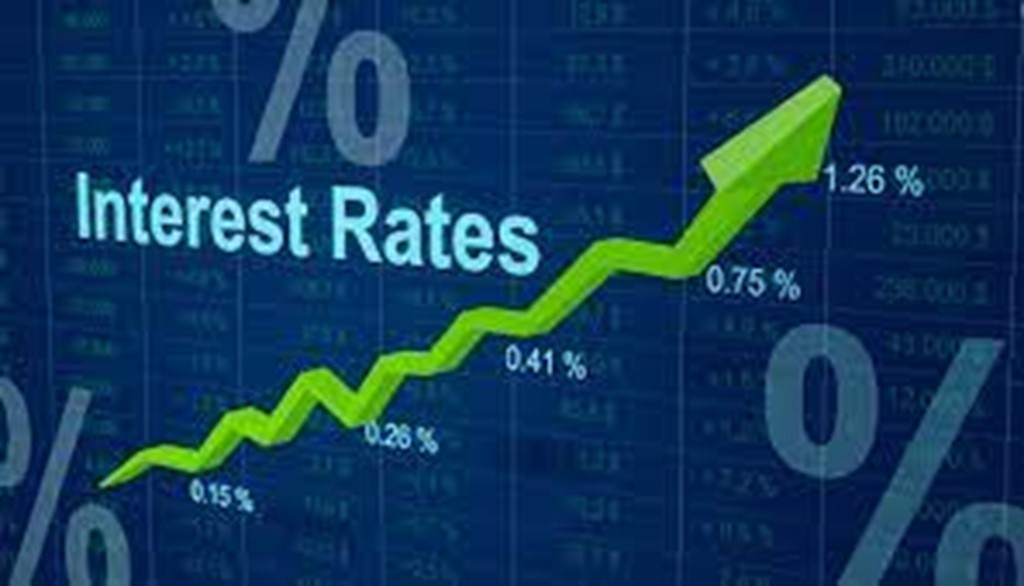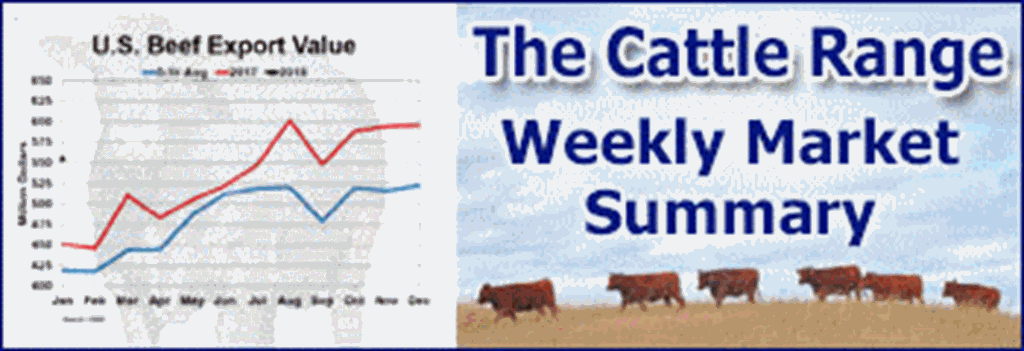The Federal Reserve on Wednesday raised its benchmark interest rate by a quarter-percentage point to a 22-year high and signaled it is prepared to do more to bring ‘elevated’ inflation down.
The decision boosts the Fed’s benchmark interest rate to a range of 5.25%-5.5%, the highest since 2001.
“We remain committed to bringing inflation back to our 2% goal,” Chair Jerome Powell said in a press conference after the Fed rate hike. “No one should doubt that.”
Stocks were slightly higher after the Fed meeting. Bond yields fell slightly.
Powell said the Fed would assess additional information on inflation, employment and economic growth before determining its next step. He stressed repeatedly the Fed would remain vigilant and keep its options open.
“I would say it is possible we could raise [rates] at the September meeting if the data warranted and it possible we would choose to hold steady at that meeting,” Powell said.
The vote to raise the benchmark rate was unanimous.
“While recent inflation prints have been softer than expected, this is a Fed that does not want to declare mission accomplished,” said Olu Sonola, head of U.S. Economics at Fitch Ratings.
The Fed has raised interest rates aggressively over the past 16 months to try to get the cost of money high enough to cool inflation. The central bank isn’t sure it has gotten rates high enough so that they are “restrictive” to growth.
In the wake of the signs of progress in the June consumer inflation data released earlier this month, many Wall Street economists think today’s rate hike will be the final one of the cycle.
They think the economic data over the next six weeks until the Fed meets again in late September will convince central bankers that inflation is coming down and that they can hold rates steady.
There will be four major indicators —July and August reports for employment and consumer inflation — before the next Fed meeting in September. Powell said they will be critical to the Fed’s thinking.
There is a wide range of opinions about the future path of policy. Many economists think the Fed might have raise rates at least one more time this year. Others are worried the Fed has already overdone the hikes.
Former top Obama economist Jason Furman told MarketWatch he thinks the terminal rate —or high point — could be around 6%.
The economy, for its part, has remained resilient and alleviated fears of a recession, at least this year. The Fed said economic activity was expanding “at a moderate pace,” a slight upgrade from the “modest pace” seen at the last meeting in June.
Once the Fed decides it does not need to raise rates further, Powell reiterated that the bank will hold rates at a restrictive level to allow inflation to continue to gradually come down. Economists generally don’t see rate cuts until next spring.












